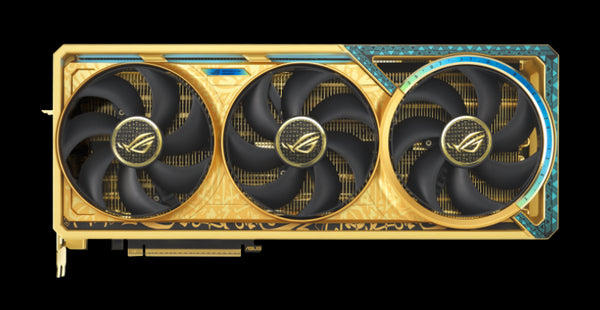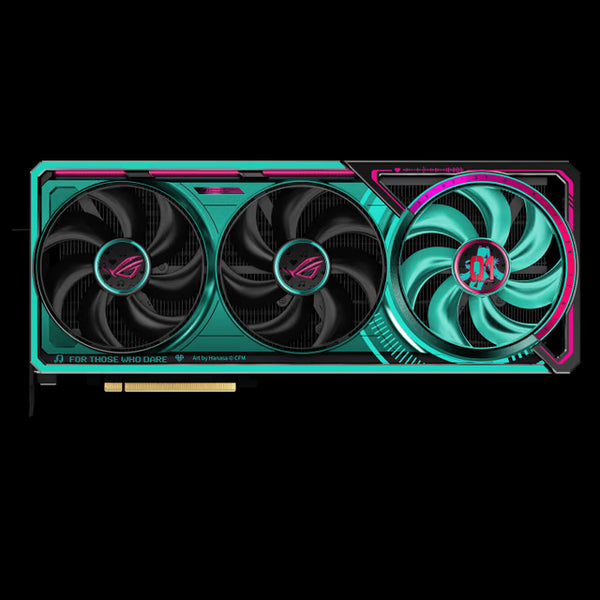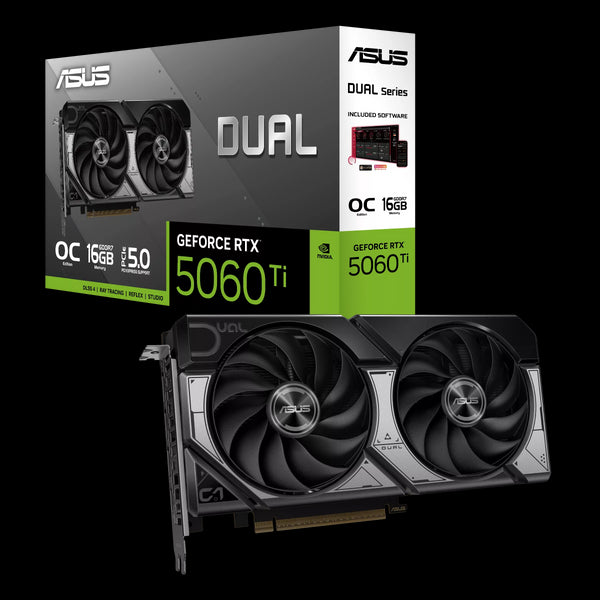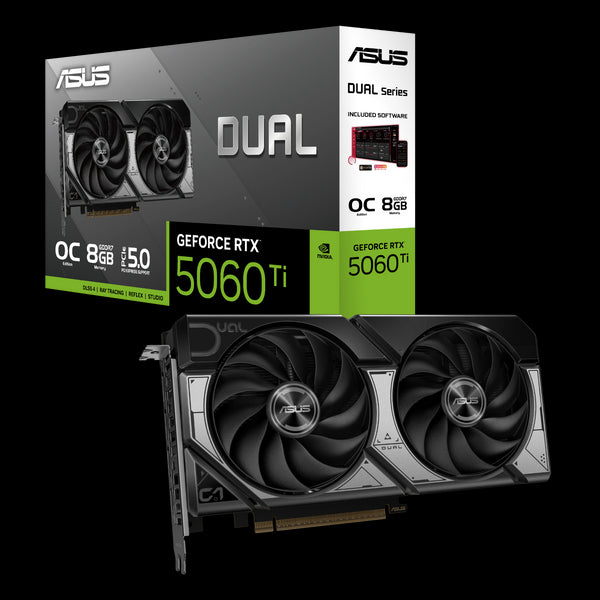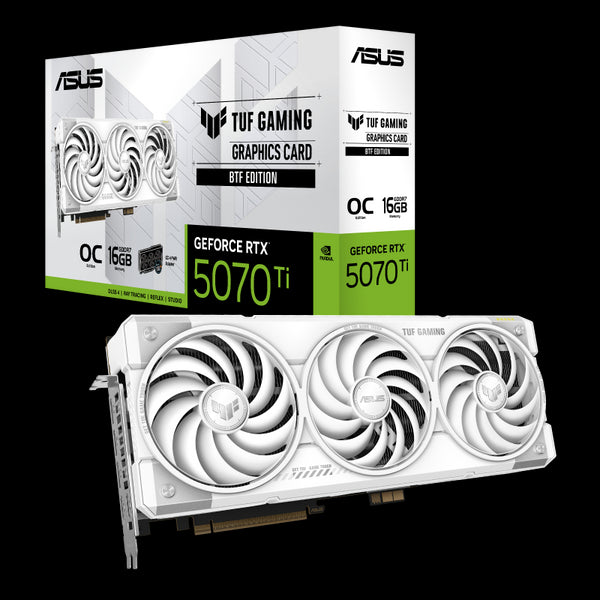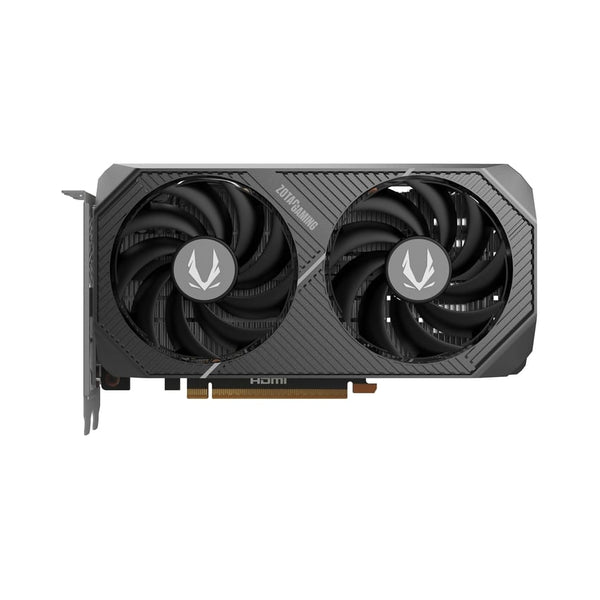RX vs RTX: What is the difference between AMD and NVIDIA GPUs?
Posted by WAEL MOHAMED
In a time when the PC market is growing bigger and bigger, many people with minimal knowledge come across a hard path picking their GPU. Picking either from AMD Radeon RX or NVIDIA RTX, and RX vs RTX is a very hard topic to touch on for these people.
We solve this problem with you, with our comprehensive guide about the biggest two GPU series in the market right now.
RX vs RTX GPUs: An Overview of Both Offerings

At first, we will take a look at every offering from both companies. We’ll mention the newest lineups, and the most important technologies they both present to their customers.
Radeon RX from AMD

AMD Radeon RX is the main series of GPUs from AMD for consumers. They are made for gaming mostly, and they compete directly with RTX series from NVIDIA.
These GPUs are known for providing great raw performance per cost, and that is mainly their selling point as of now. The current series is Radeon RX 7000, and it includes:
- RX 7900 XTX
- RX 7900 XT
- RX 7800 XT
- RX 7700 XT
- RX 7600 XT
- RX 7600
Of course, AMD covers all budgets for any PC build, starting from the 4K directed RX 7900 XTX to their budget solution, Radeon RX 7600 for 1080p gamers.
RTX from NVIDIA

Probably the best GPUs in the market, and enforced by a huge set of tools, is GeForce RTX from NVIDIA. These cards are known for providing the best performance possible, and armed with many technologies that AMD still can’t keep up with.
With a higher pricing point, RTX 40 GPUs are the current lineup from NVIDIA, and it competes with Radeon RX 7000 from AMD. Their current lineup includes:
- RTX 4090
- RTX 4080 Super
- RTX 4070 Ti Super
- RTX 4070 Super
- RTX 4060 Ti
- RTX 4060
Note that RTX 4070 Ti and RTX 4080 are discontinued, in efforts to replace them with Super variants with the same pricing and better performance margin.
RX vs RTX: The Key Points of Difference
Starting from this point, we are going to go short on explaining the key differences across these cards. We will compare them according to:
- Raw performance
- Extra technologies
- First-party software
- Streaming
- Content creation
- Pricing
Raw performance almost similar in most cases

Without any extra technologies enabled, like ray tracing and DLSS, we find that competing cards from RTX, in most cases, provide better performance compared to Radeon RX.
For example, when it comes to 4K gaming, Radeon RX 7900 XTX falls behind GeForce RTX 4090 with a margin between 12% and 20% on 4K. It’s nearly double the price of RX 7900 XTX, but both of them are directed to the same audience.
However, these margins fall when we compare two GPUs like Radeon RX 7700 XT and RTX 4070. Both are directed to 2K gaming, and RTX 4070 is better than RX 7700 XT by 11% on average with the newest titles on 2K, but there is almost a 500 AED difference in price, from 1.9K AED for RX 7700 XT to 2500 AED for RTX 4070.
To make it easier, RX is a better value in raw performance, but RTX offers the best performance at a higher pricing point.
The extra technologies make it harder to pick

You’re not buying the GPU only anymore; instead, you are buying a whole package. You have to take these extra technologies when you decide to buy a new GPU, and most importantly, the ray tracing and upscaling technologies.
GeForce RTX provides DLSS for upscaling, and RTX for ray tracing. On the other hand, Radeon RX provides FSR for upscaling, and they also provide ray tracing for their users.
NVIDIA’s cards give better performance when ray tracing is turned on, unlike AMD’s, which falls behind with a bigger difference. If we compare both RX 7700 XT and RTX 4070 once again, we find that RX 7700 XT falls behind with almost 33% on average, and of course, on 2K performance.
That’s for ray tracing, but when it comes to upscaling, it’s pretty different here. DLSS is exclusive only for RTX cards, but FSR is an open-source technology, which means that the owners of NVIDIA and AMD cards can use it.
It’s hard to compare the performance of both technologies on a relative basis, meaning that we can’t give an exact percentage of the performance uplift on two competing GPUs on a game that supports the same technologies.
However, AMD’s FSR affects quality more than NVIDIA RTX, and the latency gets higher too. This means that if a game provides the same performance on DLSS and FSR, DLSS will give you better value for your eyes and hands.
The right software makes it better

Software in GPU’s case is two: drivers and supporting software. Drivers are the software tools that tell GPUs how to behave, and supporting software provides optimizations for performance according to your need, and many other tools to give you a better experience.
NVIDIA offers Game Ready Drivers to let the GPU do its wonders, and GeForce Experience to give you access to all the tools you might need. AMD’s Radeon Adrenalin is the software to access tools, and Radeon drivers do the same job as Game Ready.
AMD has been suffering with their drivers for some good time, but they came from behind with stable drivers for the latest GPUs, but when you look at it from another perspective, you will not face many issues with NVIDIA’s like AMD’s in the future.
For software support, Adrenalin doesn’t offer the same tools. AMD’s software focuses on giving you more control on the GPU, like the fan speed and voltage. However, you won’t find the best tools for streaming, or dedicating specific settings for your game, or even apply specific filters during the gameplay.
But NVIDIA thrives on that, with better solutions for video game filters, support for almost every game out there to dedicate specific settings for them, RTX voice for AI noise cancellation, and many more things you won’t find on Radeon Adrenalin.
NVIDIA keeps a hold of the throne here, with stable drivers and more tools embedded in their own program; it's surely a winner for their users.
Streaming is an important selling point

Any streamer’s dream is to stream the same game they are playing, with the same frame rate and quality they see. Streaming is available via both platforms, but there is a catch.
AMD is fine for streaming, but when it comes to quality, they stream with lower bitrate, affecting quality for the viewers overall. Another thing is that streaming takes a bite off your game performance, making it a hassle to stream and game at the same time.
NVIDIA has its own NVENC encoders, which provides higher quality for streamers, and with a new collaboration with Twitch, it lets your viewers watch different streams coming off your PC according to their internet connection, which is not available from AMD’s side.
These encoders operate independently, with no performance drop when you decide to stream your game, and that is important for streamers seeking the best performance possible.
If you’re not planning on becoming a full-time streamer, AMD’s GPUs will be just fine. Planning on going pro from the start? NVIDIA’s option is the best for you.
No competition for content creation

We’ll cut it short here. If you decide to create content, render models, edit images, or do 3D scenery, NVIDIA is the best. CUDA cores, the driving force inside NVIDIA’s GPUs, can work directly on these tasks for better efficiency and shorter render times, and optimizes the workflow using Studio drivers that support nearly every content creation tool available.
AMD lacks this, and if you decide to create content on a build that contains a Radeon GPU, render on the CPU. It will do its job faster and more accurately, as AMD’s support for content creation is minimal.
Price is money, and money decides

The rough part is here. Generally, AMD’s price is lower for competing GPUs. If we start from the top, RTX 4090 cost starts from 12K AED against 5K for Radeon RX 7900 XTX.
Going to mid-range, RTX 4070 cost starts from 2600 AED against 2050 AED for Radeon RX 7700 XT, and still a better pricing point in this range.
But if we are talking budget, Radeon RX 7600 would cost you 1300 AED as a starter, while RTX 4060 costs the same.
If this means anything, it means that the higher the budget, the better the pricing from AMD’s side, but take into consideration all the other points of comparison before making a decision.
RX vs RTX: Which one to buy?
It’s a tough decision indeed, but we can simplify it a bit into some points:
- If you care about raw performance: AMD’s RX.
- If visuals matter to you: NVIDIA’s RTX.
- If you’re planning to stream and create pro content: NVIDIA’s RTX.
- If your budget is short: AMD’s RX.
- If you care about system stability: NVIDIA’s RTX.
TAGS:
SHARE:



